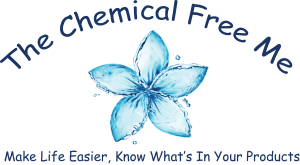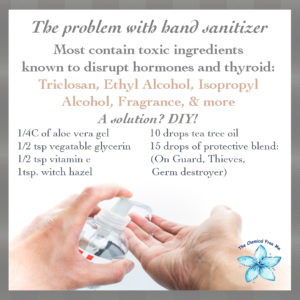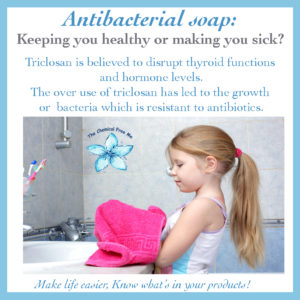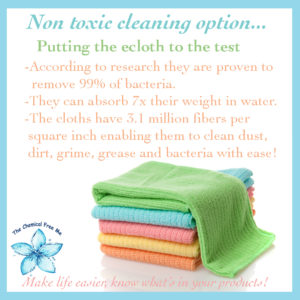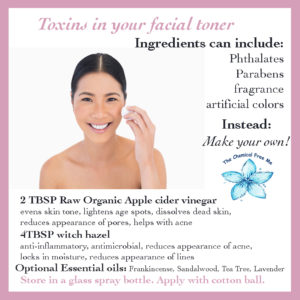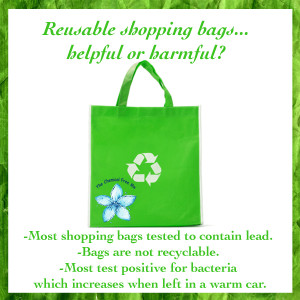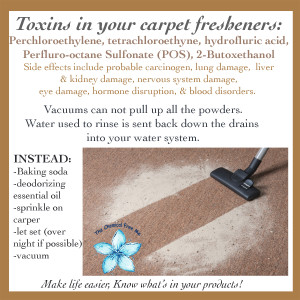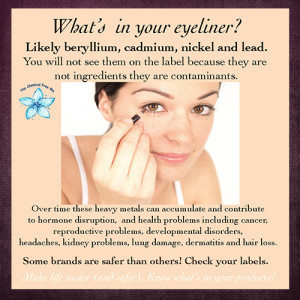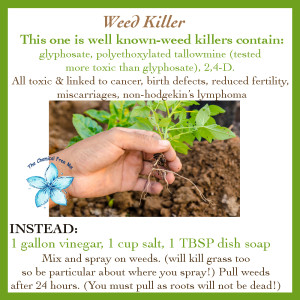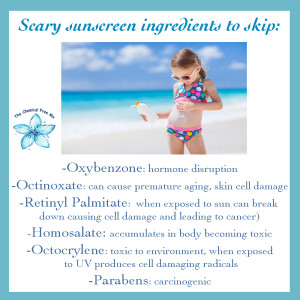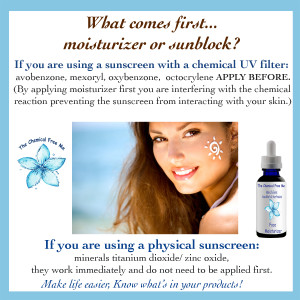Yes, Baby Powder contains Toxins!
It was shocking news several months ago when a judge had found a well-known company guilty of 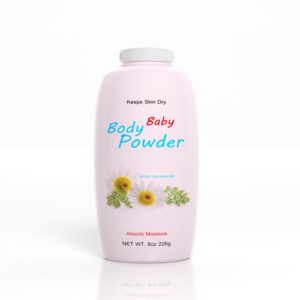 causing a 49-year-old woman’s fatal ovarian cancer. The cancer was linked to her daily use of baby powder. There was a brief panic and shock, and then most people seemed to forget and the same baby powder still sits on shelves today, and used by many.
causing a 49-year-old woman’s fatal ovarian cancer. The cancer was linked to her daily use of baby powder. There was a brief panic and shock, and then most people seemed to forget and the same baby powder still sits on shelves today, and used by many.
What’s the situation? Why is that same powder sitting on popular store shelves with an unchanged formulation?
There is still a debate, that has been taking place since 1971, over whether or not there is a link between talc and cancer. Despite various studies, a concrete link has been hard to find. A variety of studies that do in fact show an increased risk, but never a double blind study to eliminate other possible factors. Cancer links aside-it has been proven that if the powders are used on sanitary pads or in the genital area, that the particles have been found inside the body within 30 minutes.
What is in baby powder?
Most baby powders contain two ingredients: Talc powder and fragrance. Both of those ingredients are considered toxic. (link: http://www.cancer.org/cancer/cancercauses/othercarcinogens/athome/talcum-powder-and-cancer ) Many Talcum powder suppliers added warnings to their products a decade ago. Surgical gloves have stopped being “dusted” with it. Baby Powders have not yet followed suit. Unfortunately sometimes it takes too much time for studies and safety regulations to catch up. Remember when everyone wanted antibacterial soap? Now we know better, but are still awaiting it’s complete removal from the store shelves and company formulations.
Do we need baby powder?
You won’t find any in my house these days, but if you want an alternative there are plenty! An easy, cheaper and safer alternative:
Arrowroot Powder.
Add a few drops of Lavender Essential Oil
Store in a jar with a shaker top out of reach of children.
(Inhaling powder is dangerous no matter the type!)
